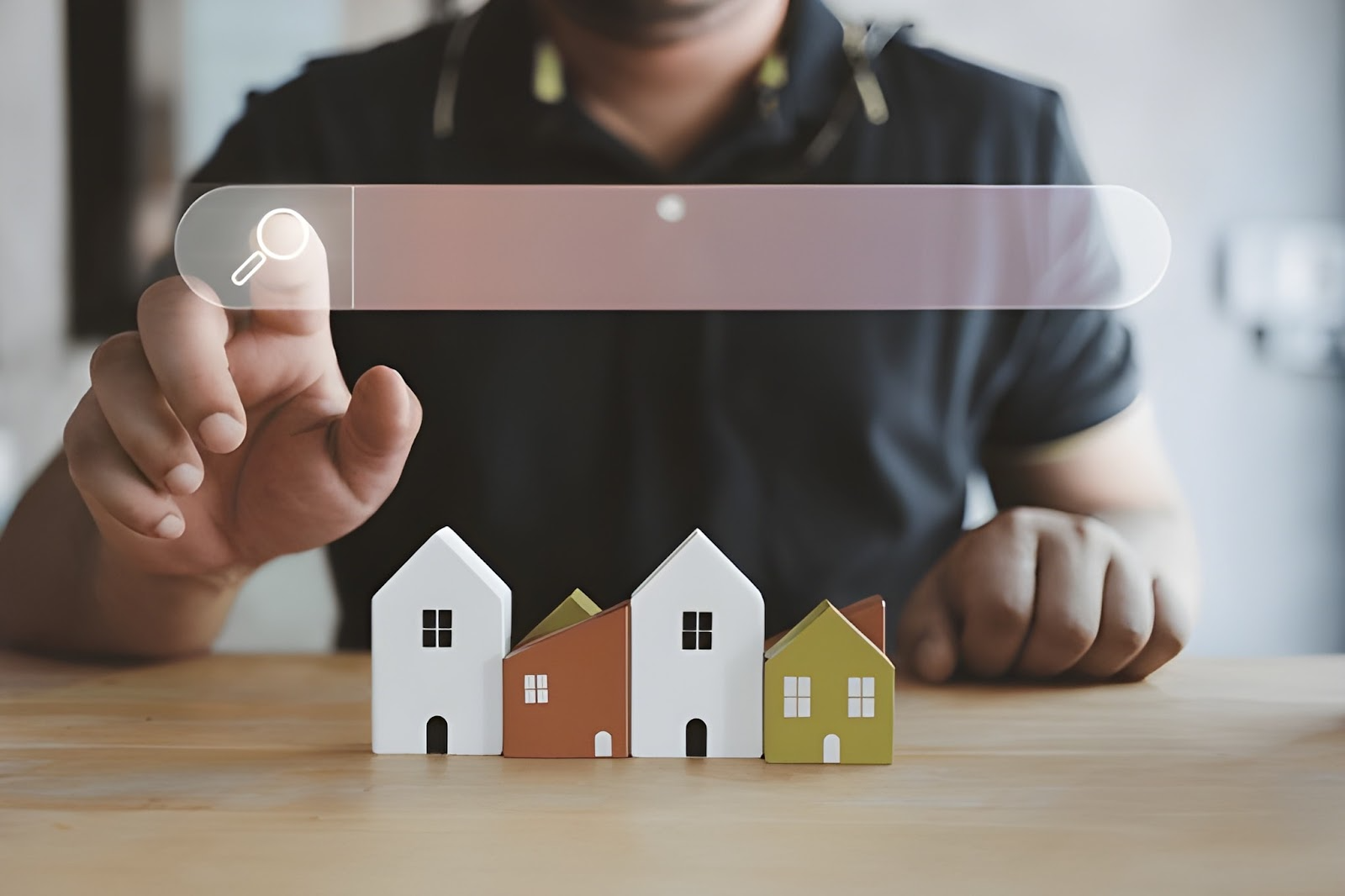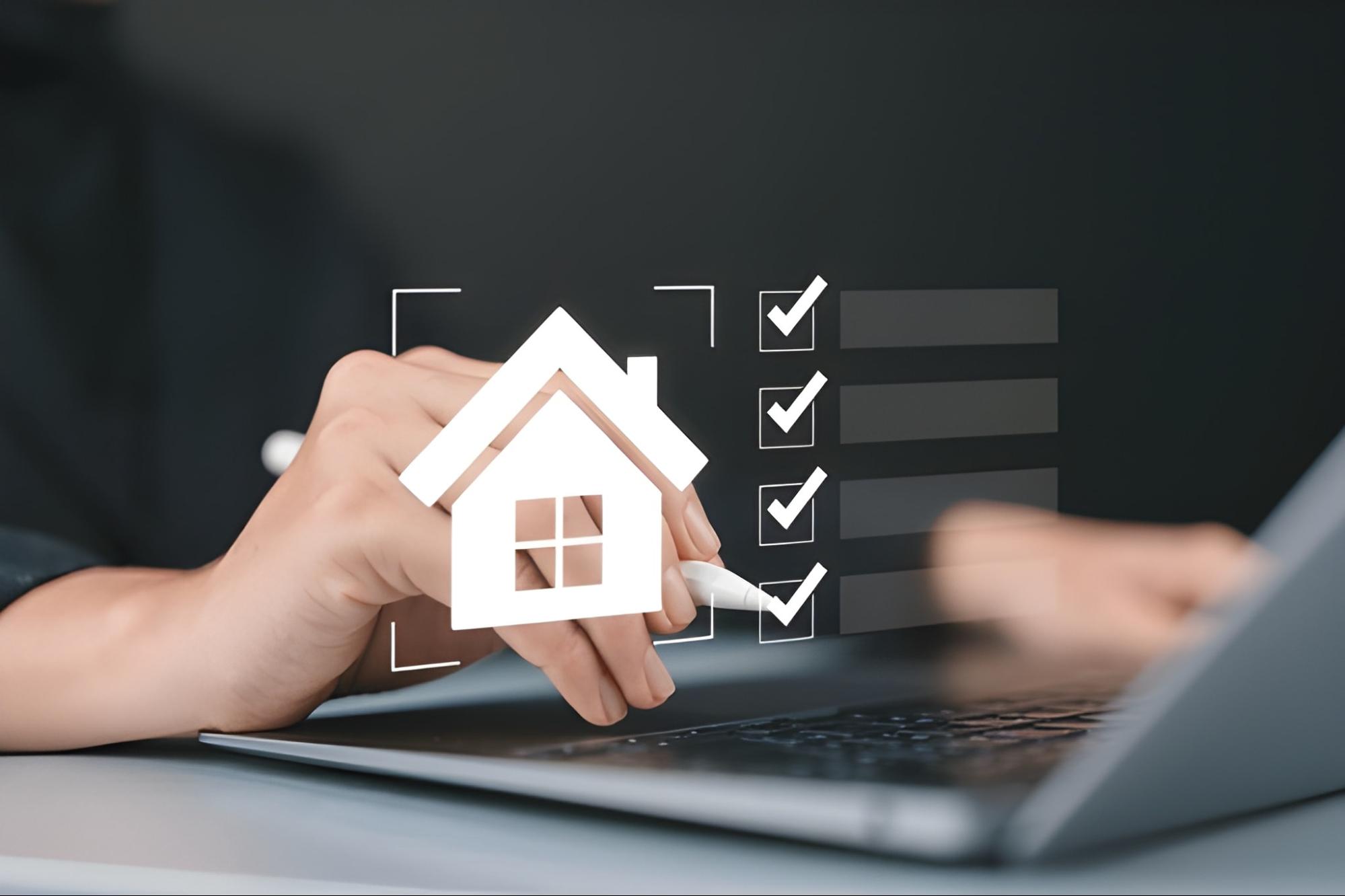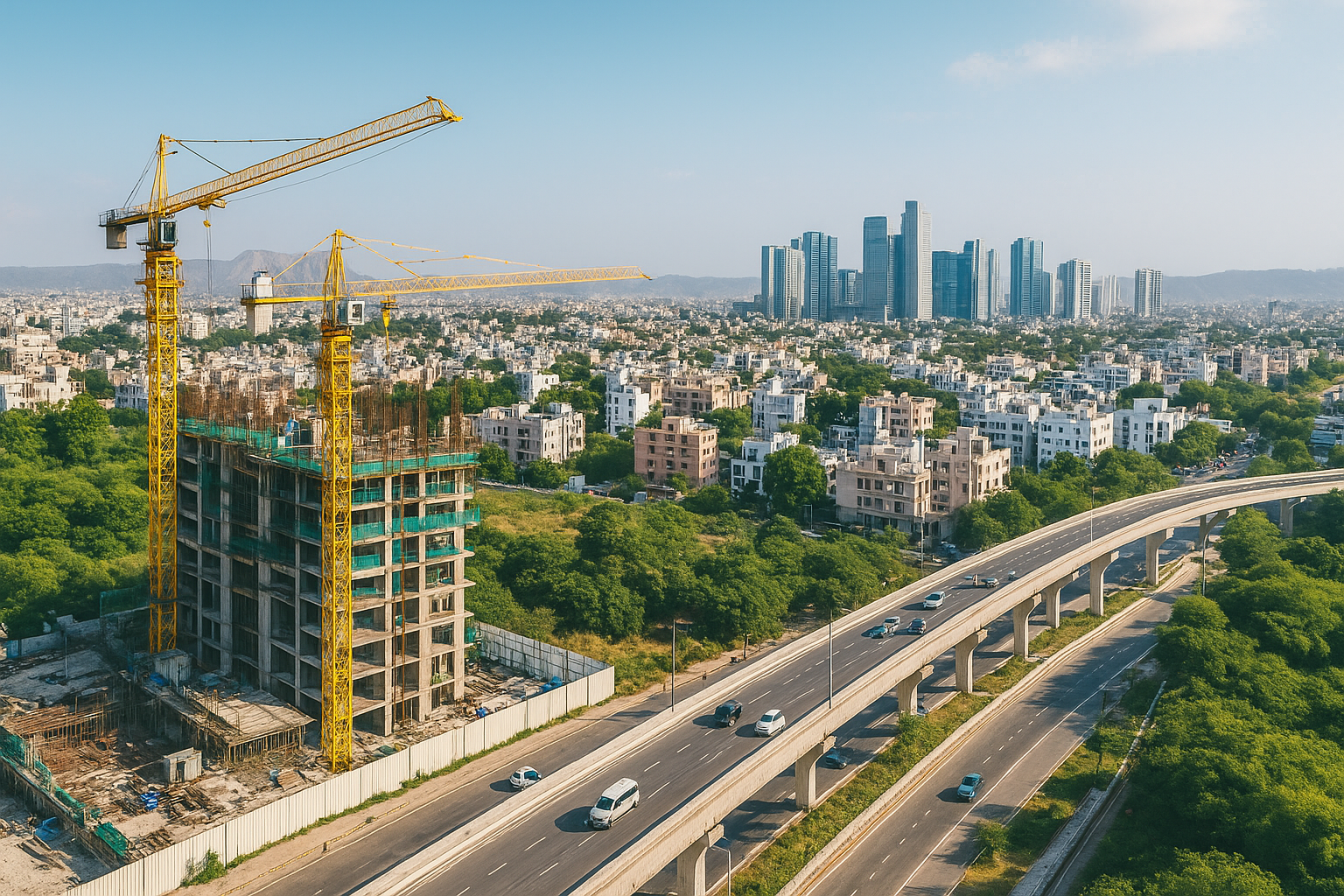How to Build a Buyer Journey That Actually Works
In real estate, discovery often begins online - a search result, a social media ad, a WhatsApp forward. But the decision to invest or purchase is cemented only after a series of interconnected digital and physical touchpoints. A high-performing conversion ecosystem doesn’t treat ads, websites, and site visits as isolated tactics; instead, it orchestrates them into a seamless buyer journey.
From years of solid experience, integrated marketing system is something that we have tried to implement for all our clients to gain the maximum results. Here’s how to build one that works.
The Conversion Ecosystem Mindset
- Buying property is never a single-click decision.
- Buyers move across multiple touchpoints: digital ads, WhatsApp chats, brochures, events, site visits.
- The brands that convert aren’t those with the flashiest ads, but those that connect the dots.
1. Website - The First Touchpoint of Trust

One developer we worked with noticed a high bounce rate despite great ads. Once we streamlined their website: mobile-first, fast-loading, clear CTAs, and instant WhatsApp chat, the average session time doubled. Buyers felt guided, not lost, and inquiries increased by 35%.
Your website is the first impression. Slow or cluttered sites frustrate buyers and erode trust. A fast, mobile-first site with clear CTAs and WhatsApp integration doubled inquiries for one client. Make your website a guided, confident first step in the buyer journey.
2. SEO, GEO & Ads - Being Found at the Right Moment
Buyers rarely stumble onto your project by accident. They search with intent: “3 BHK near Mansarovar Extension” or “ready-to-move apartments in Jaipur.” If you’re invisible here, your competitors win.
We helped a client create neighborhood-specific landing pages and layered them with retargeted Meta ads. Organic leads tripled, and paid campaigns consistently kept the project top-of-mind.
Visibility alone isn’t enough. Combine intent-driven SEO with strategic ads, then make sure every click flows seamlessly into the next touchpoint - website, WhatsApp, or event registration.
3. WhatsApp - Turning Curiosity Into Conversation
When you are added to someone’s WhatsApp, consider the recall got 2X stronger. A good sales team can turn into a strong army of relationship managers if they unlock the art of selling without imposing. WhatsApp has become the bridge between interest and action.
Quick replies, brochures, location pins, and site-visit slots delivered instantly create trust and momentum. Think of WhatsApp as a personal assistant that’s always on, ready to answer questions and keep the journey moving.
4. On-Site Branding - Making Digital Promises Real
Consistency between online promises and offline experiences is critical. A beautiful website loses credibility if the site office looks neglected or the hoardings feel cheap. Buyers notice - and so do their peers.
We did on-site branding for a client who had a project launch coming up. The tonality and the design language were almost mirrored, ranging from digital visuals across site hoardings, sample apartments, and experience zones. QR codes linked directly to brochures, WhatsApp chats, websites. Result? Visitors felt a sense of quality and reliability that ads alone couldn’t create.
Your on-site presence is an extension of your conversion ecosystem. Visual consistency, interactive elements, and easy follow-ups make the story tangible and trustworthy.
5. Events & Launches - Turning Interest Into Commitment

Buying property is emotional. Online and offline touchpoints build awareness and trust, but events cement both. They allow buyers to see, feel, and connect.
One pre-launch preview we organized let attendees walk through apartments, meet architects, and interact with potential neighbors. The sense of exclusivity and community drove urgency: units that might have taken months to close sold in days.
They’re immersive experiences that humanize your project, validate your promises, and integrate seamlessly into your lead ecosystem.
6. Lead Capture & Tracking
Leads flowing into your system are only as valuable as the team handling them. No amount of SEO, WhatsApp automation, or event registrations will convert interest if your sales team isn’t in sync with the data.
UTMs, QR codes, and CRM integration are critical, but they’re tools - the real conversion happens when sales interprets the data, prioritizes high-intent buyers, and follows up strategically. A healthy follow-up routine, clear reporting, and timely personal outreach ensure no lead slips through the cracks.
Even with a smooth flow of leads, a strong pitch and disciplined follow-ups make the difference between curiosity and commitment.
7. Nurturing - Staying Top-of-Mind Until Decision
Buying a home takes time. Nurturing keeps your project relevant throughout the deliberation phase.
Structured workflows - combining WhatsApp, email, and calls, sustain interest. Timed reminders, property updates, and personalized outreach ensure buyers remain engaged without feeling pressured. When done right, nurturing bridges curiosity and commitment seamlessly.
That’s the mindset that separates high-performing projects from the rest.
A successful real estate journey isn’t built on isolated efforts - it’s the result of alignment. It’s when marketing sparks interest, systems track and nurture it, and the sales team responds with clarity and confidence. It’s when every interaction, whether online or in-person, reinforces trust and makes the buyer feel understood, guided, and valued.
True impact comes from orchestration: data-driven decisions meet human touch, creativity meets discipline, and curiosity transforms into commitment. When every part of the process communicates, collaborates, and moves in rhythm, the ecosystem becomes more than just a marketing framework - it becomes a predictable engine for growth and loyalty.
At Nine Degree, we see real estate not as a series of campaigns, but as a living, interconnected system. Success isn’t accidental; it’s designed, executed, and nurtured.









